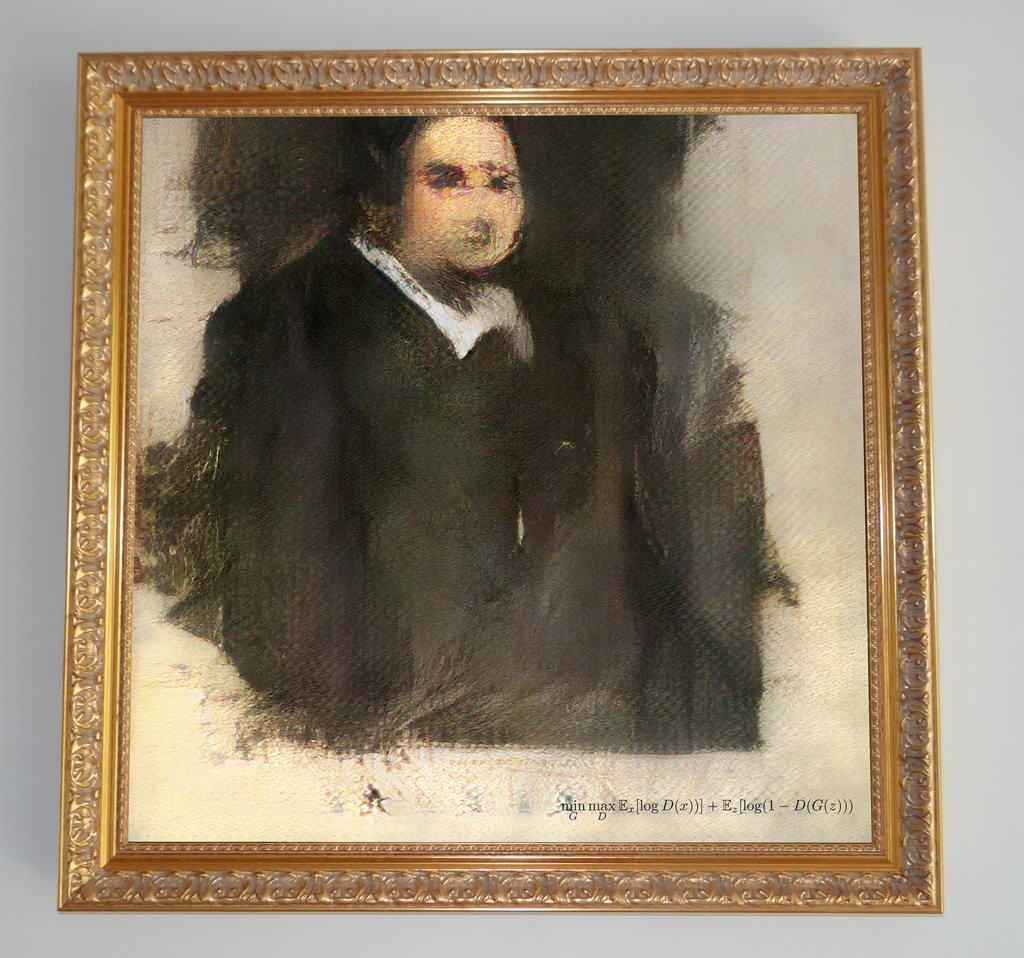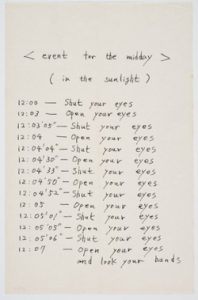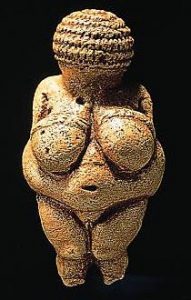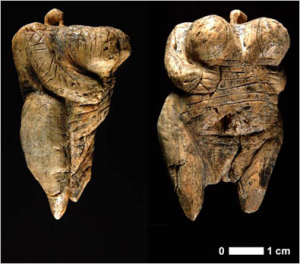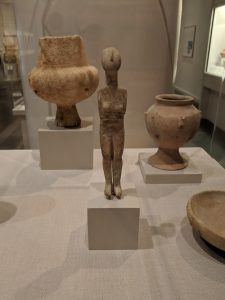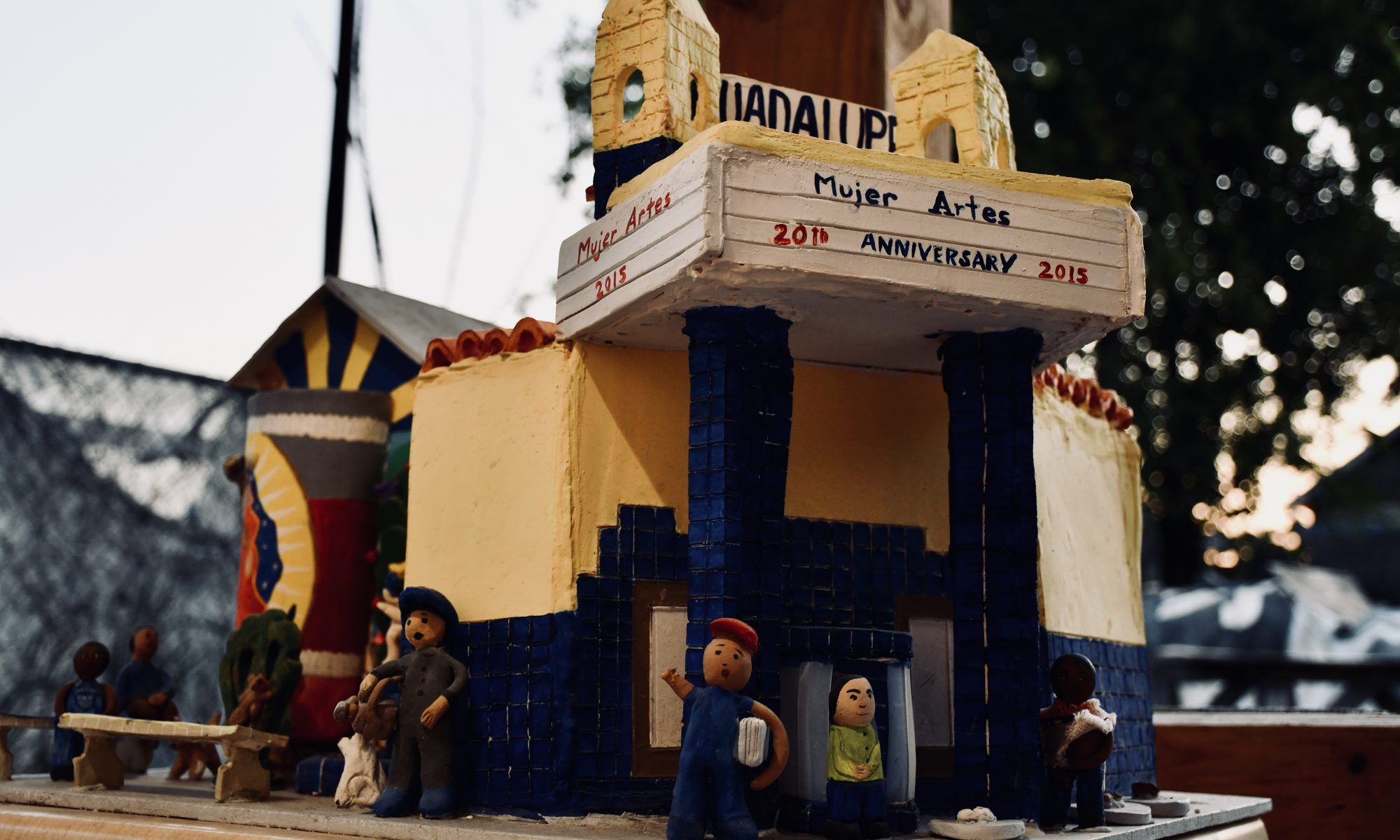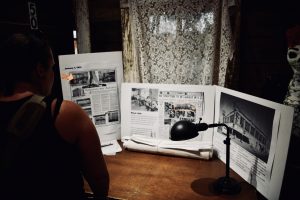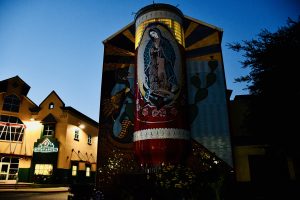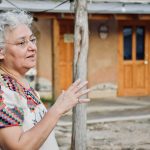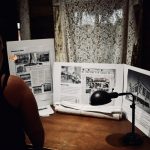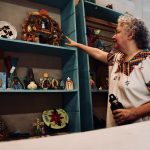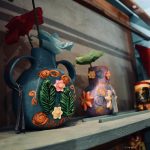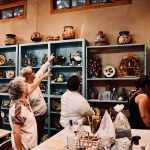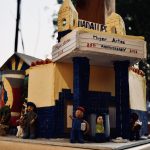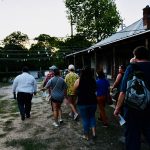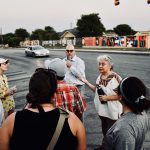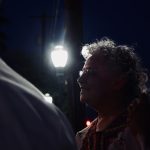Chicago Latino ArTchive: A Century of Chicago Latino Art https://iuplr.org/chicago-artchive/artchive/index/chicagolatinoartchive.html Organized by the Inter-University Program for Latino Research (IUPLR) headquartered at the University of Illinois at Chicago. Reviewed January 27, 2020.
Growing up in Chicago, I may have taken for granted the easy access I had to history, art, and culture. The city is rich in heritage and there are various organizations that help preserve a specific cultural group’s identity and impact upon the city. The National Museum of Mexican Art, for example, is a cornerstone of the Pilsen neighborhood. In my own backyard, I had the privilege of having access to an institution that helps celebrate Chicago’s Latinx community. The amount of work Latinxs have created is impressive. The museum is a well curated body of work, but it isn’t representative of all the work Chicagoans have contributed to the city’s culture. The Chicago Latino ArTchive, a repository for Chicago based Latinx works of art, was created by the Inter-University Program for Latino Research (IUPLR) to provide people with easy access to works of art, specific artists, or different time periods of Chicago Latinx art. Those who haven’t had the privilege of visiting the Nation Museum of Mexican Art, or those who want to explore Chicago Latinx art more fully, can explore the digital repository to find great works of art, which explores a more encompassing body of work that the NMMA can’t house. The repository features the work of prominent artists who were either born in Chicago or settled there. One can explore an artist’s portfolio, a specific time in the city’s history, and other exploratory options. The repository is a great start to begin research, but is limited to providing basic information without further contextualization.
The Chicago Latino ArTchive provides a home page explaining the scope of the project. First uploaded in the fall of 2016, the ArTchive celebrates all the contributions Latinxs have had in Chicago over the last century. The repository provides artist portfolios, the artist’s statement (if they provided one), biographical information, and links to artists’ personal sites. After reading the brief introductory paragraph, a list of sponsors and/or stakeholders is provided. The National Museum of Mexican Art, as well as the local Telemundo affiliate, are sponsors. After reading all that the home page provides, one can enter the ArTchive.
After entering the ArTchive, a list of the artists included in the repository is provided. The Artists’ information is provided via four different columns: Name, Gender, Country of Origin, and Decades in Chicago. Each column can be manipulated to group artists in different categories. For example, if someone wanted to explore the works of Latina artists, the Gender column will separate the artists by gender. Similarly, if someone wanted to research current artists, the Decades in Chicago column would provide easy access to artists working since 2000. By clicking on the individual artist’s name, one can enter that specific artist’s portfolio, see some samples of their work, read their statement, bio information, and visit their personal website(s), if they provided it.
Though the repository is a great introduction to artist’s work, it also has several limitations. For example, there are artists who lack bio information, an artist statement, and/or links to other sites where one can explore their work further. It seems like a lot of artists who contributed, provided as much information as they wanted. This is understandable, however, the artists who contributed very little to their biographical information, statements, or information on how to access their work, are doing themselves a disservice. Consistency would also benefit the site. The labelling on the images varies between artists and works of art. I’m speculating that the artists also labelled their own artwork. Some of them provided their name, the title of the piece, and the year it was complete or exhibited. I would like for all of the pieces to have all of this information, but some may only include the artist’s name, the title, or nothing at all. This again does the artist a disservice. It may hinder someone from exploring different works of art further, or seek out the information in a different repository.
Aside from providing the artist portfolios and being able to search via gender, time period, and country of origin, the repository can help audiences search specific types of art. As I was navigating through the repository, I wish there was a way to find similar artists. For example, if there are mural artists, I would like to be able to categorize them together. I would like to see the evolution of murals over time in Chicago and where they are located. Similarly, categorizing public sculptures together would also be beneficial. By being able to locate where public art is located throughout the city, audiences may take the incentive to visit the works of art. By creating more metadata, the repository can be more accessible to audiences and help them discover art they otherwise wouldn’t have sought out.
The Chicago Latino ArTchive is a very useful tool. Being so far away from home, it was great to explore the repository and find works of art that I’ve been familiar with throughout my whole life. It was also rewarding finding new art or artists I’ve never heard of before. Despite finding some great information in the repository, I also found myself using other sites to gain more information about specific pieces of work. I would appreciate it if the ArTchive provided that for me instead. I hope to see this repository growing and thriving as future Latinx artists continue to contribute to Chicago’s culture.

